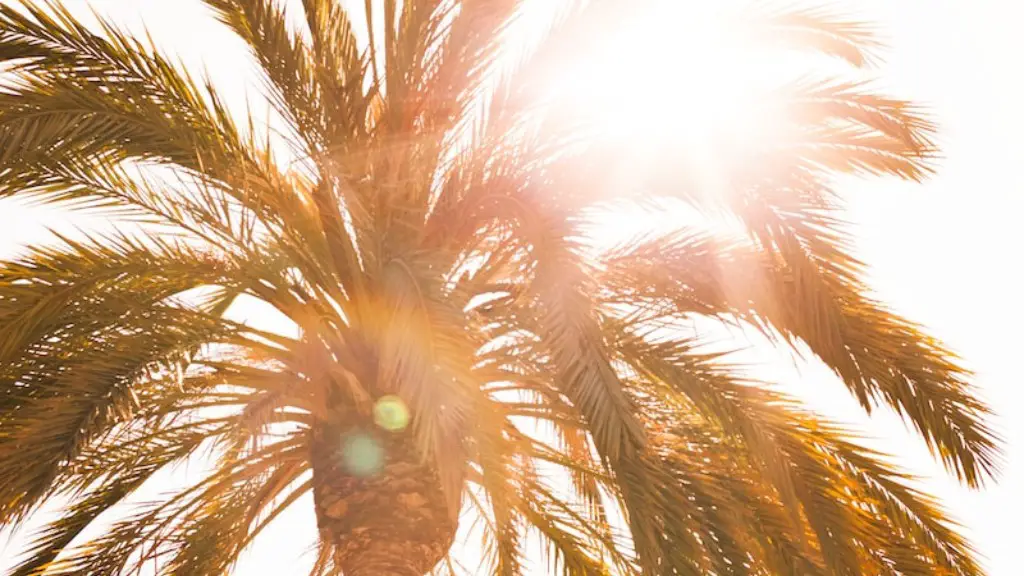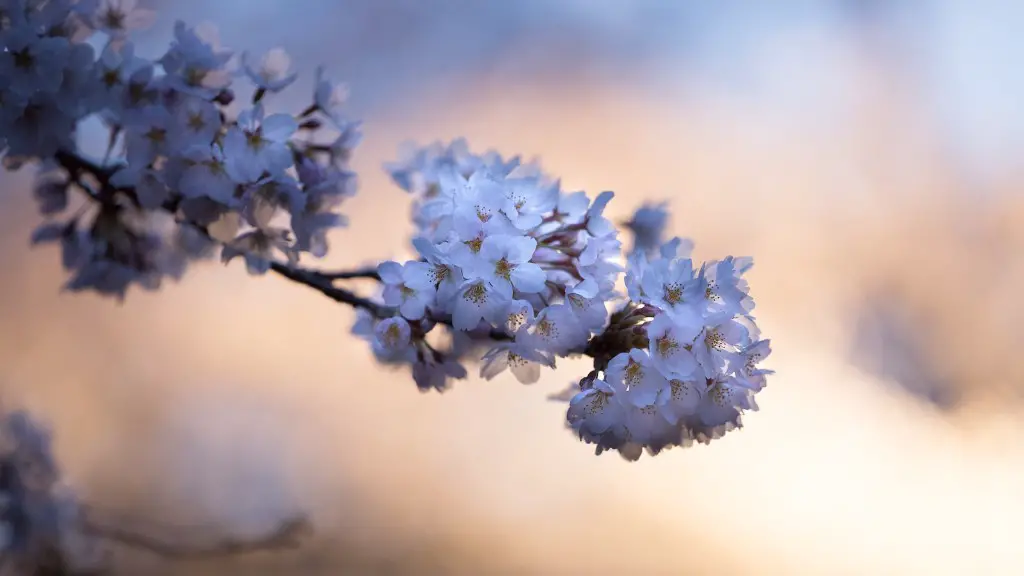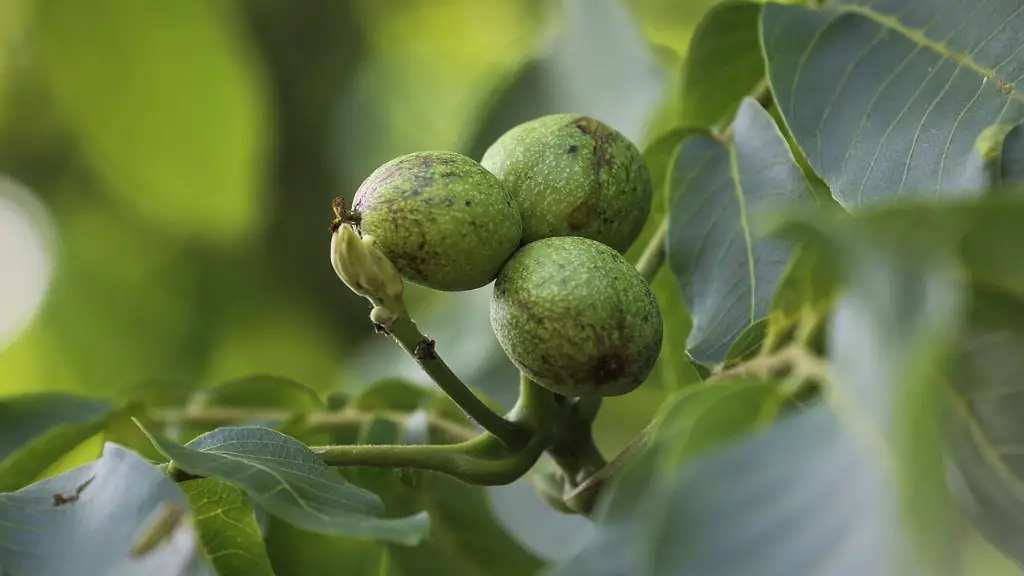Watering a palm tree is critical to its health and growth. The amount of water a palm tree needs depends on several factors, including the type of palm tree, the climate, and the soil. In general, palm trees need about 1 to 2 inches of water per week.
One should water a palm tree deeply and thoroughly, allowing the water to penetrate the root ball. The amount of water needed will depend on the size of the tree, the type of soil, the weather, and other conditions. A general rule of thumb is to give the tree about 10 gallons (38 L) of water per week.
Do palm trees need a lot of water?
Palm trees are one of the most popular types of trees to have in both indoor and outdoor settings. One of the reasons for this popularity is that they are relatively easy to take care of, as they do not require as much care as other types of trees. However, one thing that palm trees do need is plenty of water. They thrive best when the soil is moist and they have plenty of water to drink. If you are growing a palm tree, either indoors or outdoors, make sure to water it frequently. The extra water will help it to thrive.
When watering your palm tree, it is important to give it the right amount of water. A good rule of thumb is to give it two gallons of water for every ten gallons of tree. So, if you have a ten gallon palm tree, you should give it two gallons of water. If you have a twenty-five gallon palm tree, you should give it five gallons of water.
How many minutes should I water my palm tree
Another way to water your palm tree is to slow drip 20 gallons of water over the course of 1-2 hours. This method allows the water to seep into the ground and provides the tree with a steady supply of moisture.
A new indoor Palm Tree should be watered every day in its first week. Next, move to every other day in its second week. Then settle for 3 times a week on the third. Once your indoor Palm Tree is completely settled, water it 2-3 times per week, or when the top 1-2 inches of the soil is completely dry.
How do I know if my palm tree is overwatered?
Overwatering your palm tree can lead to a number of problems including drooping leaves, black spots on leaves and stems, and yellowing leaves. If you see any of these signs, it’s important to cut back on watering and allow the soil to dry out somewhat before watering again. Additionally, you may see mold growing on the surface of the soil or black roots, both of which are signs of overwatering.
This is important because it allows the water to reach the roots of the palm trees. If you water them too quickly, the water will run off and not reach the roots.
Why do palms turn yellow?
Carotenemia is a condition that causes the skin to turn a yellowish-orange color. It is typically caused by the prolonged intake of foods that are rich in carotene, such as carrots and sweet potatoes. While carotenemia is harmless, it can be a sign of an underlying health condition, such as liver disease or malnutrition. If you develop carotenemia, it is important to speak with your doctor to determine the cause.
Palms are a tropical plant that thrive in warm, humid climates. They grow best in full sun, but can also tolerate partial shade. However, too much sun can damage the leaves, causing them to turn brown and dry out.
Palms are relatively tolerant of different soil types, as long as the soil is well-drained. They prefer loamy or sandy soils, but can also adapt to clay or rocky soils.
How many gallons of water does a tree need per day
The rule of thumb for established trees is 10 gallons of water for each inch of the tree’s diameter. This means that a tree with a diameter of 3 inches needs 30 gallons of water per week.
If you are only fertilizing your palm tree twice a year, the second dose should be applied during the summer months. However, it is always important to carefully read and follow the instructions on the label of the fertilizer you are using. Over-fertilizing can actually be more harmful to your palm tree than not fertilizing it at all.
What does a sick palm tree look like?
The most common sign that your palm tree is sick is a brown center stalk. Look at the top center portion of the palm tree – this is the first place you look for a “health assessment”. If the top center stalks are turning brown and/or shriveling, your tree is not doing well.
It is best to water your tree two to three times per week in order to keep it healthy and strong. If you are using a garden hose, be sure to water the tree for about one minute to ensure a deep soaking. Remember to keep the water flow at a moderate level so as not to damage the tree. Another option is to use a slow-release tree watering bag, which will slowly release water over a period of time.
Do palm trees like wet or dry soil
The palm tree is a tropical plant that can tolerate a wide range of soils, but prefers a moist, loose, and well-drained soil with average fertility. Soil that is constantly soggy or wet can be problematic for palm trees.
As a palm tree leaf reaches the end of its natural life, it will turn brown. This process begins at the tip of the leaf and continues until the leaf is completely brown. If only one or two leaves are browning, this is natural and not cause for concern. New foliage will continue to grow in.
How can you tell if a tree is water stressed?
Trees under water stress exhibit a number of visual symptoms. The most common changes in appearance are lighter green to yellow-green foliage, leaf scorch around the margins, wilting leaves and dropping them prematurely. While these visual cues are helpful in diagnosing water stress in trees, keep in mind that other factors such as disease, pests, and nutrient deficiencies can also cause these symptoms. As such, it is always best to consult with a certified arborist or other tree care professional to get a accurate diagnosis and treatment plan.
If you see any of these signs, it’s important to act fast and consult a professional. Palm trees are a major investment, and you want to do everything you can to save them.
Conclusion
To water a palm tree, give it a deep watering about once a week, or more often if it is growing fast or the weather is particularly hot or dry. Apply the water at the base of the tree, not at the tips of the fronds.
The best way to find out how much water your palm tree needs is to check the soil around the tree. If the soil is dry, then your palm tree needs water.




